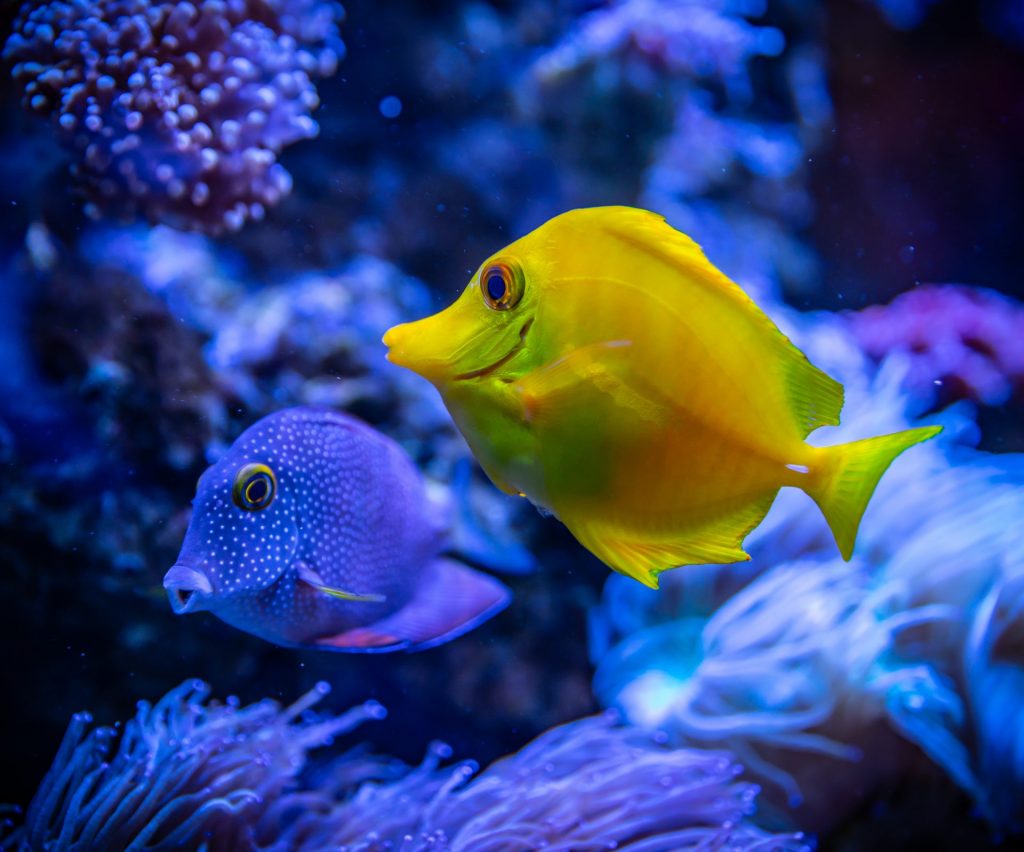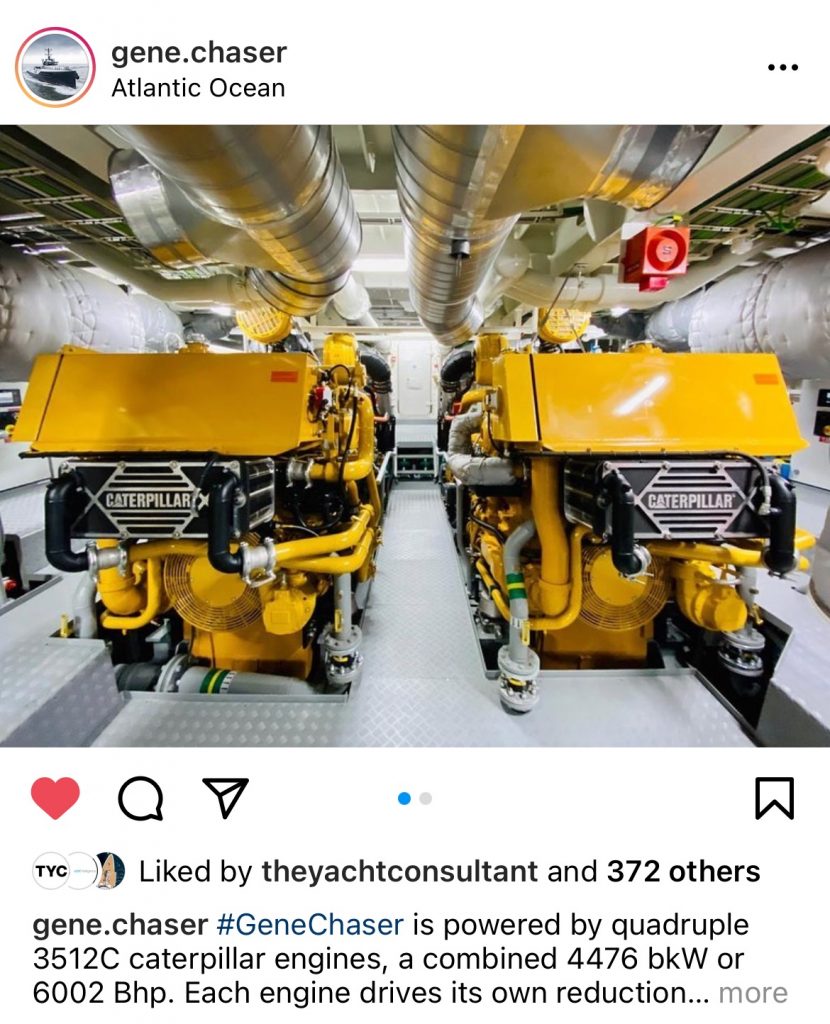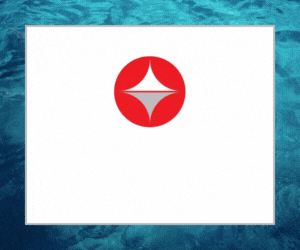How to have an environmentally friendly yacht charter:
Superyachts travel to some of the most beautiful destinations in the world. They experience the finest natural beauty, enjoy the best diving sites and bask in the sun on white sand beaches. However, it is no secret that the industry is a large contributor to the damage on the environment. Whether it’s using single use plastics or flying provisions in from the other side of the world, there are ways we can help to reduce our impact.
So how do we make a yacht charter more environmentally friendly?
The crew onboard any charter yacht are responsible for implementing and running the yacht in the most eco-friendly way possible. When a yacht enters a marina or port, the heads of departments should ensure all crew are informed of the correct garbage disposal and recycling plan. Each marina has their own system, and it is important each yacht and crew member adhere to these rules to ensure proper recycling takes place. These can include different colour garbage bags and designated bins for each type of garbage disposal.
Crew can also contribute towards an ocean clean up project such as 4Ocean, who clean plastic and waste out of the ocean all over the world.

Installing a Seabin off the yacht’s stern is another great way of removing plastic and garbage from the ocean whilst in a marina, at anchor or underway.
Each department on a yacht has their own responsibilities and ways to ensure the running of the yacht has as little environmental impact as possible.
Interior:
The interior team on board can purchase re-usable water bottles for crew and guests. Installing a water filtration system under the pantry and crew mess sinks eliminates the need for purchasing large quantities of plastic water bottles. These systems can produce room temperature or cold still water, sparkling water and have an instant boiling tap. This will save on storage and decrease the amount of waste on board.
The interior team can also make use of reusable or eco-friendly straws, which come in a range of colours and designs, and can make the guests cocktails even more fabulous.
There are several eco-friendly cleaning products, such as Ecover, on the market and companies who provide cleaning products specifically for yachts and professional use when it comes to laundry and maintaining the high-quality interior finishes.
The Chief Steward/ess can ensure the toiletries and amenities for guests, which are provided by the yacht, do not damage marine life. These can include reef friendly sunscreens and organic shampoos and conditioners.
Coral reefs are amongst the most biologically diverse ecosystems in the world and products such as standard sunscreens can damage them and the marine life that call them home.

Galley:
The Chef on-board can reduce their carbon footprint by provisioning locally and using local ingredients to avoid the need to hire refrigerated vans or planes to fly in produce from another country. Purchasing large quantities of items, which can be stored and used when in remote areas will help with this.
Another way to reduce waste in the galley is by managing portions when cooking for crew and guests to ensure there is a small amount of food going to waste. Alternatively, re-using ingredients when possible is another great way to reduce waste such as making arancini out of left-over risotto.

Deck team:
The Officers on board are in charge of making passage plans from one destination to another. When doing so consider taking the shortest route possible accounting for weather conditions and local regulations, speed – operating the engines at their most fuel-efficient rpm. This will not only save the guests money it will also ensure the passage is the most fuel-efficient option for the yacht.
When dropping anchor, the Captain and deck crew need to ensure they are aware of a number of factors to decrease the possibility of damaging the seafloor and marine life. These include knowing any local, national or international regulations for anchoring and being aware of any protected areas or nature reserves where anchoring is illegal. These protected areas can change from year to year depending on whether or not a certain area needs time to replenish itself after being previously damaged.
Deck crew, similar to the interior crew, can make use of environmentally friendly cleaning products when conducting day to day cleaning and routine maintenance projects.
As technology progresses, the yachting industry will see an increase in the use of electric and eco-friendly water sports toys, which is a great way to have charter guests still enjoy a day in the ocean but without the increased risk of damage to the marine environment around them. For example, the electric jetsurf was launched in 2020 and hydrofoils are becoming increasingly more popular. Many existing water sports activities such as kayaks, paddle boards, wind surfing and snorkelling are firm favourites of charter guests and do not have any environmental impact whilst in use.

Engineering:
Engineers on yachts not only manage what is in the engine room, they also are in charge of the maintenance and repair of everything electrical and mechanical on board. A very simple way for the engineers to make the yacht more eco-friendly is to change all lighting on board to LED bulbs.
When it comes to making sure the engines are as eco-friendly as possible, the ‘fuel curves’ need to be analysed. Each engine installed into a yacht is provided with ‘fuel curves and form part of sea trials prior to delivery. These curves not only provide the fuel consumed at maximum speed but also provide information of the most fuel-efficient speed the yacht can operate at. This is often known as the ‘sweet spot’, and whilst it is not always possible to operate within this range due to charter requirements, operating at efficient powers should always be factored in wherever possible such as overnight cruising or repositioning voyages between charters
With regards to purchasing fuel for the yacht, the Chief Engineer and Captain should use as high a quality fuel as possible. The regulations recently changed in January 2020 reducing the allowable sulphur content of fuel to 0.5%. Yachts already more than comply with this as they generally burn low sulphur gas oil with a sulphur content of 0.1%. However regular testing of bunkers taken, by independent laboratories is recommended, particularly where fuel is not taken from a regular supplier or at an unknown port or marina.

Carbon Offset:
Another way to make the engineering department more environmentally friendly is by joining a carbon offsetting scheme which would mean you are supporting projects around the world that reduce carbon emissions; one example is a tree planting project.
Commercial yachts of 400GT and above currently in operation should review their Ship Energy Efficiency Management plans on an annual basis. It is a great opportunity for the Captain and engineering team to review the way their yacht is operated as well as ensure they are running in the best possible way to decrease the damage to the marine environment in which they operate.
The tanks on board holding waste of any kind needs to be correctly treated as well as following all local, national and international regulations for any discharging into the ocean where permitted. In order to minimise damage to the ocean and marine life.
West Nautical’s Yacht Manager Tony Hildrew commented;
“When entering a port and connecting to shore power there are a number of ways superyachts can be a little more environmentally friendly and reduce the amount of power that they consume. Things like reducing the number of air conditioning compressors running, keeping exterior doors closed and harmonising guest and crew mealtimes to reduce the length of time the galley equipment is running can all have an impact on the power a modern-day superyacht consumes whilst in port.
A few little adjustments can make a huge difference when looking at the bigger picture, if every one of the 10,000+ superyachts worldwide made the little changes then the steps in helping to move yachting towards a more environmentally friendly industry would be great!”







.gif)

.gif)









